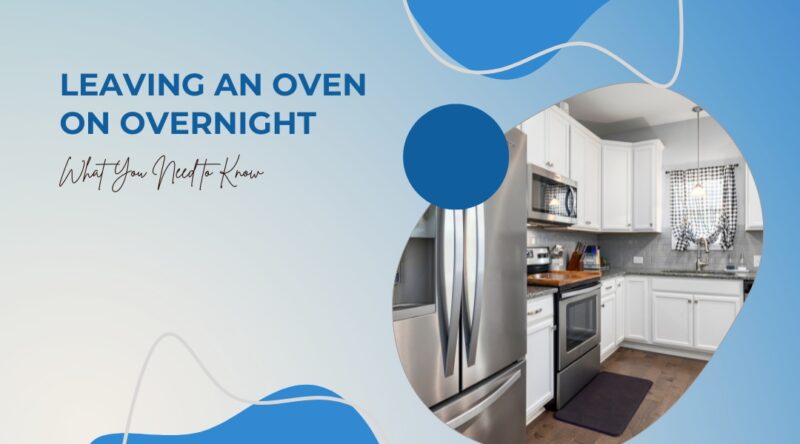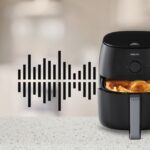Isn’t it satisfying to wake up to the smell of freshly baked bread? Or, to save time in the morning, how about setting a slow-roasting recipe the night before? However, as tempting as these scenarios might be, they involve a significant risk: leaving your oven on overnight. This blog post is your ultimate guide to understanding the consequences and risks of this practice, along with safety measures you can take to mitigate them.
The Functions You Need to Know About
Before diving into the topic, it’s crucial to understand the main types of ovens and their functionalities. Essentially, there are two kinds: gas and electric ovens. Each has its own set of potential hazards.
- Gas Ovens: These rely on combustible gas (such as natural gas or propane) to produce heat. They can pose risks related to gas leaks, leading to potential explosions or fires.
- Electric Ovens: These use electricity to heat elements in the oven. Although they don’t pose a risk of gas leaks, they can still overheat or cause electrical fires.
Risks of Leaving an Oven on Overnight
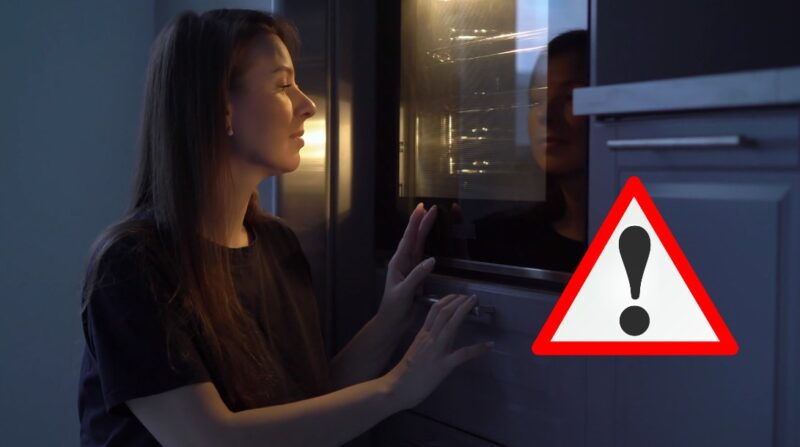
So, what’s the big deal about leaving your oven on overnight? Here’s what you need to know.
1. Fire Hazard
The most apparent risk of leaving an oven on overnight is the potential for a fire. According to the National Fire Protection Association, cooking is the leading cause of home fires and home fire injuries in the U.S., with unattended cooking being the primary contributor.
2. Carbon Monoxide Poisoning
This risk is specific to gas ovens. When gas burns, it produces carbon monoxide – a colorless, odorless, and lethal gas. While modern gas ovens are designed to vent this gas outdoors, a malfunction could result in dangerous levels of carbon monoxide in your home.
3. Energy Waste and Cost
Beyond safety risks, leaving an oven on overnight is simply wasteful. It consumes unnecessary energy, contributes to global warming, and significantly increases your energy bill.
4. Reduced Appliance Lifespan
Ovens aren’t designed to operate continuously for extended periods. The constant high temperatures can accelerate wear and tear, reducing the lifespan of your oven.
Safety Measures When Using an Oven
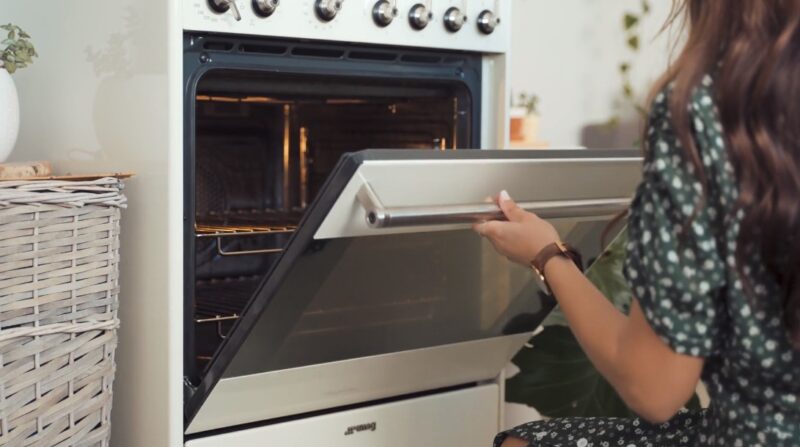
Given these risks, it’s important to practice safe oven usage. Here are some essential safety measures:
1. Avoid Unattended Cooking
The best way to prevent oven-related accidents is to avoid leaving the oven unattended while it’s on. If a recipe requires long cooking times, try to schedule your cooking during waking hours when you can regularly check on it.
2. Install a Carbon Monoxide Detector
If you have a gas oven, it’s critical to install a carbon monoxide detector in your home. This device will alert you if carbon monoxide levels rise, allowing you to take action before it becomes dangerous.
3. Regular Maintenance
Regular maintenance can help prevent malfunctions that might lead to fires or carbon monoxide leaks. This includes professional check-ups and cleaning to keep your oven in good working condition.
4. Use Oven Timers
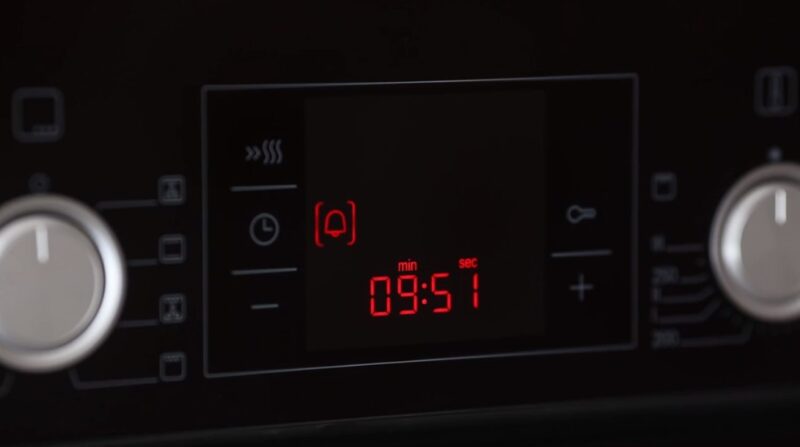
Most modern ovens come with built-in timers that automatically shut off the oven after a certain time. Use these features to prevent the oven from staying on longer than necessary.
5. Oven-Proof Thermometer
For long, slow-cooking recipes, consider using an oven-proof thermometer. This tool allows you to monitor the internal temperature of your food without having to open the oven door, reducing the risk of overheating.
Smart Ovens – A Safer Alternative?
As technology continues to advance, smart ovens are becoming an increasingly popular alternative to traditional ovens. These appliances connect to your home’s Wi-Fi network and can be controlled remotely through an app on your smartphone.
This means you can start preheating your oven on your way home from work, or adjust the temperature from the comfort of your couch. Some smart ovens even come equipped with internal cameras, so you can monitor your food’s progress without opening the door.
But, does this mean it’s safe to leave a smart oven on overnight? While these appliances offer increased convenience and control, the fundamental risks associated with leaving an oven on for extended periods remain. Therefore, the same precautions should be taken with smart ovens as with traditional models.
Emergency Response
Even with the best safety measures in place, accidents can still happen. It’s crucial to know how to respond in the event of an oven fire.
If a fire starts in your oven, keep the door closed to contain the flames and turn off the oven. Do not attempt to extinguish the fire with water, as this can cause a steam explosion. Instead, if you have a fire extinguisher rated for kitchen fires, you can use it to put out the fire. Always call your local emergency services if the fire does not immediately go out or if you are unsure of what to do.
For a carbon monoxide leak, evacuate your home immediately and call your local emergency services. Carbon monoxide is a deadly gas that can quickly overcome individuals in an enclosed space.
Alternatives to Overnight Cooking
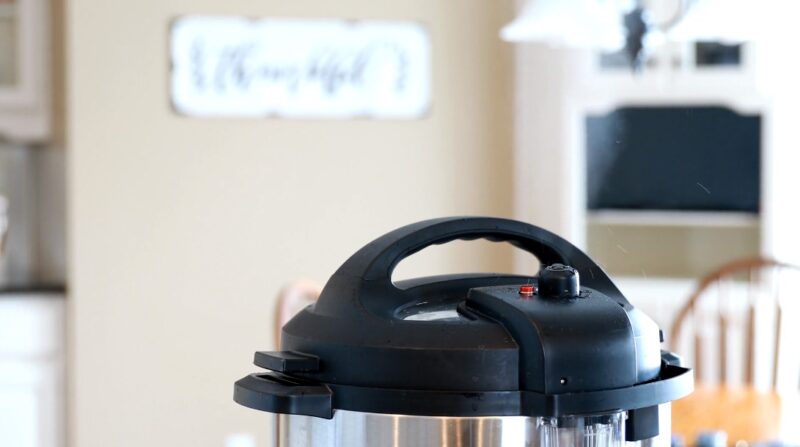
If the idea of foregoing overnight slow cooking entirely seems like a disappointing loss, take heart. There are alternatives that are safe and can deliver equally delicious results.
Slow Cookers and Crock-Pots: These appliances are designed to cook food over extended periods, even up to 24 hours. They operate at lower temperatures than ovens and are generally safer to leave unattended. However, it’s still recommended to be at home when using these appliances.
Sous Vide Cooking: Another intriguing alternative is sous-vide cooking, which involves sealing food in a plastic bag and cooking it in a water bath at a precise temperature. Sous vide machines are designed to be safe to use for extended periods, even unattended.
Pressure Cookers: Modern electric pressure cookers come with multiple safety features and can cook food relatively quickly, keeping the flavors and nutrients intact. They can be a lifesaver when you need to cook a dish that traditionally requires hours in a fraction of the time.
Kitchen Safety Tips Beyond the Oven
While this post has primarily focused on oven safety, it’s crucial to remember that overall kitchen safety is a broad topic and involves more than just your oven. Here are some additional safety tips:
- Clear the Area: Keep the area around your oven and other appliances clear of flammable items, such as dish towels, oven mitts, and wooden utensils.
- Invest in Fire Safety Equipment: Install a smoke alarm in your kitchen and have a fire extinguisher on hand. It’s also a good idea to familiarize yourself with how to use the fire extinguisher before an emergency occurs.
- Mind the Power Cords: Keep appliance cords away from hot surfaces and ensure they’re not hanging off the edge of the counter where kids can pull them down.
- Practice Safe Food Handling: Always wash your hands and surfaces after handling raw meat, and never defrost food at room temperature.
Closing Thoughts
While waking up to a freshly baked breakfast or saving time on a slow-cooked meal may be appealing, the risks associated with leaving an oven on overnight far outweigh the benefits. Fire hazards, potential carbon monoxide poisoning, energy waste, and reduced appliance lifespan are all significant concerns that should not be taken lightly.
However, this doesn’t mean you have to give up on your culinary aspirations. By practicing safe oven usage and adhering to preventative measures, you can continue to create delicious meals for your family while ensuring the safety of your home.

